August 2024
Familiarize with Liver Cancer-related Markers
Cancer has emerged as a significant public health issue in China, profoundly impacting the well-being of the citizens. Liver cancer, as one of the most common malignant tumors, has a relatively low rate of early diagonosis. According to the 2022 China Cancer Statistics Report, the incidence and mortality rates of liver cancer are the fifth and second highest among all types of malignant tumors in the country, with 367,700 new cases and 316,500 deaths reported[1].
The Categories of Liver Cancer
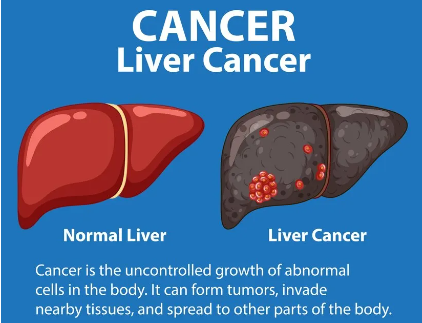
Liver cancer could be categorized into primary and secondary liver cancer. The primary liver cancer encompasses three primary pathological subtypes: Hepatocellular Carcinoma (HCC), Intrahepatic Cholangiocarcinoma (ICC), and Combined HCC-Cholangiocarcinoma (cHCC-CC). Of these, HCC is the predominant form, constituting the majority of cases with a incidence ranging from 75% to 85%.
Three Common Biomarkers Related to Liver Cancer
Tumor markers play pivotal role in the early detection, diagnosis, therapeutic monitoring, recurrence and prognosis prediction of cancers.

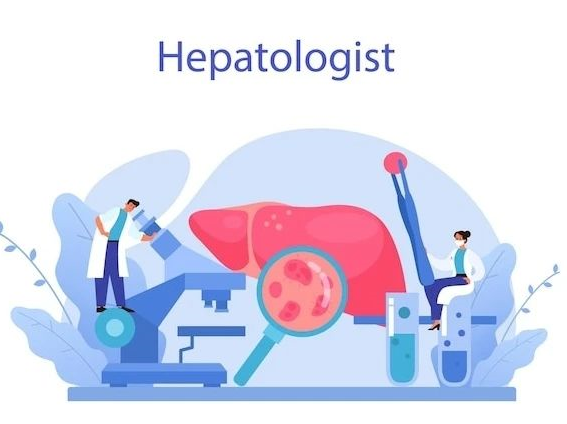
The ratio of AFP-L3 relative to the overall AFP is known as the AFP-L3%.In 2005, the U.S. Food and Drug Administration (FDA) has granted approval for the AFP-L3% as a monitoring tool for the early detection of liver cancer. They set 10% as the benchmark for a highly specific diagnostic indicator. That means if AFP-L3% exceed this cut-off value, it indicates a greater than 95% likelihood of liver cancer incidence[3].
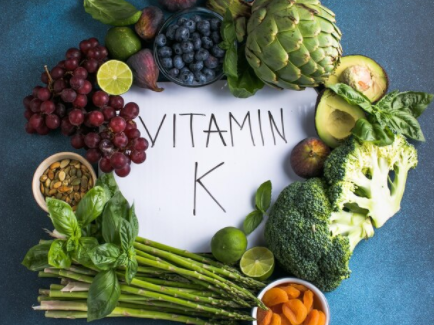
In one study, PIVKA-II demonstrated notably enhanced diagnostic performance compared to both AFP and AFP-L3, with sensitivity and specificity reaching up to 86% and 93% respectively, in differentiating hepatocellular carcinoma (HCC) from cirrhosis[4].
Screening for these three biomarkers is beneficial for the timely detection of liver cancer and allows for interventional treatment. This process also requires the support of imaging and pathological examinations.
Getein’s Solutions
Getein offers a variety of options for the detection of biomarkers for liver cancer. AFP is available in our POCT platform. For our CLIA platform, we can detect not only the AFP but also the PIVKA-Ⅱ. In the near future, the item AFP-L3% will be launched soon. We are also capable of monitoring markers for other types of cancer, such as CEA, SCC, NSE and multiple carbohydrate antigens like CA125, CA15-3, CA19-9 and so on.
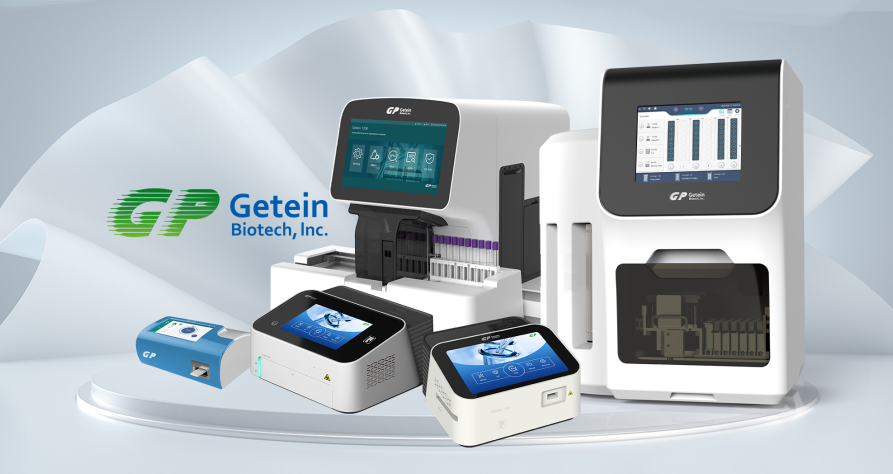
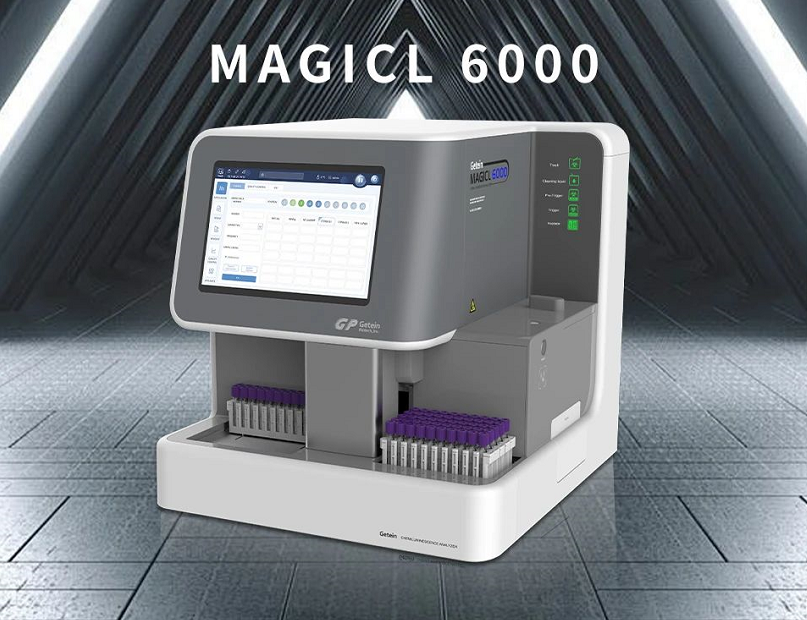
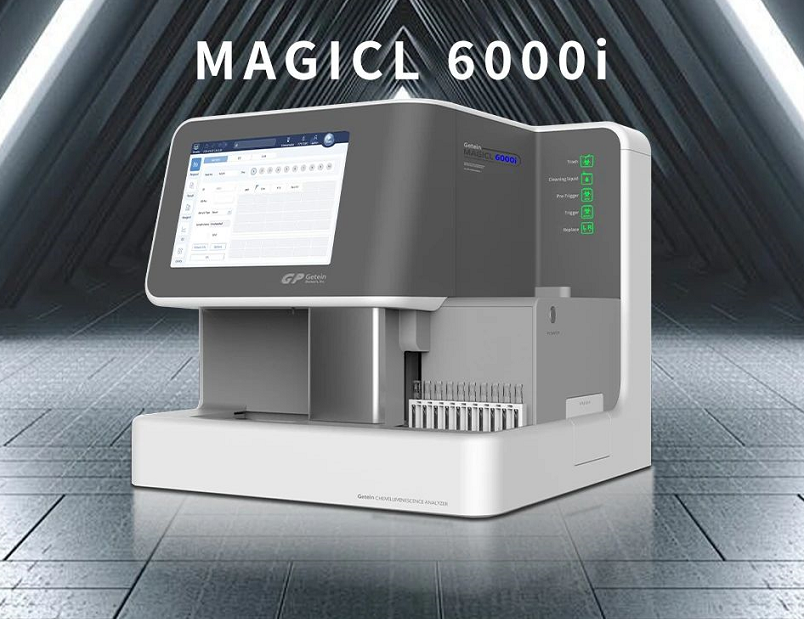
Reference
[1] Han B, Zheng R, Zeng H, et al. Cancer incidence and mortality in China, 2022[J]. Journal of the National Cancer Center, 2024, 4(1): 47-53.
[2] Sauzay C, Petit A, Bourgeois A M, et al. Alpha-foetoprotein (AFP): A multi-purpose marker in hepatocellular carcinoma[J]. Clinica Chimica Acta, 2016, 463: 39-44.
[3] Liu Y, Han G, Gong J, et al. Intramolecular fluorescence resonance energy transfer strategy for accurate detection of AFP-L3% and improved diagnosis of hepatocellular carcinoma[J]. Spectrochimica Acta Part A: Molecular and Biomolecular Spectroscopy, 2023, 300: 122950.
[4] Volk M L, Hernandez J C, Su G L, et al. Risk factors for hepatocellular carcinoma may impair the performance of biomarkers: A comparison of AFP, DCP, and AFP-L31[J]. Cancer Biomarkers, 2007, 3(2): 79-87.

Open WeChat and Scan the QR Code. Stay Tuned with Us.